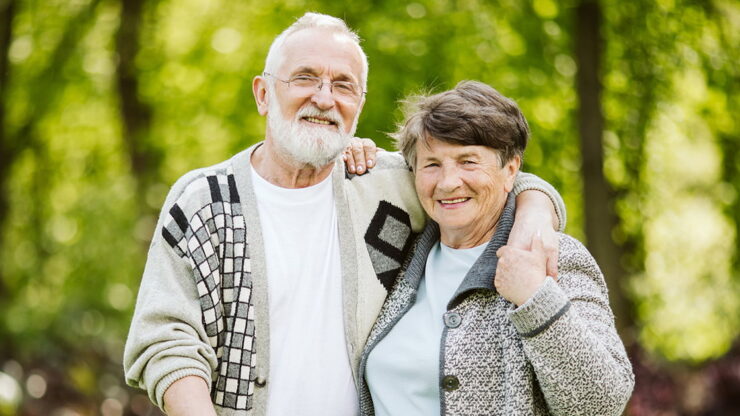
Top 10 Signs of Parkinson’s Disease
April is designated as Parkinson’s Awareness Month, creating an opportunity to increase understanding about the brain disorder and raise awareness about the disease, causes, treatments, and shed light on this condition that affects both the mind and movement.Parkinson’s disease is a degenerative neurological disorder of the central nervous system that affects the brain and the body. Parkinson’s disease symptoms typically start gradually. Over time, the symptoms of Parkinson’s progressively get worse and become more frequent.
While there currently is no medicine to slow the progression of Parkinson’s, there are signs and symptoms to be mindful of and we will discuss the most common Parkinson’s disease symptoms today.
- Tremor – shaking in the hand, arm, foot, or leg is a common PD symptom. The resting tremor of Parkinson’s disease can also occur in the jaw, chin, mouth, or tongue. Shaking can be normal for lots of exercises if you are stressed or if you have been injured.
- Small handwriting – a person with PD may notice that their handwriting looks different. You may notice the way you write words on a page has changed, such as letter sizes being smaller, and the words being crowded together. A change in handwriting may be a sign of Parkinson’s disease called micrographia.
- Bradykinesia – this is Greek for “slow movement” and is a frequent symptom of Parkinson’s disease and related movement disorders. The Bradykinesia of Parkinson’s disease is typically demonstrated by a reduced or mask-like expression of the face.
- Walking or Gait Difficulties – Bradykinesia and postural instability both contribute to walking – or gait – difficulties in Parkinson’s, particularly as the disease progresses. A common, early symptom of Parkinson’s disease is a decrease in the natural swing of one or both arms when walking. Later, steps may become slow and small, and a shuffling gait may appear.
- Trouble sleeping – PD can cause sudden movements, like jerking when a person is in deep sleep and difficulty staying asleep may also be a sign. They may get up frequently to use the bathroom.
- Cognitive changes – Particularly in more advanced Parkinson’s disease or in older people with the disease, problems with thinking, word finding, and judgment are common. If these symptoms occur in the early stages of illness, however, they may be symptoms of a related disorder.
- Vocal symptoms – Someone with PD may start to speak in a softer or lower voice. They may also mumble, stutter, or have trouble articulating their words. There may be a loss of the normal variation in volume and emotion in the voice, so the individual may speak in a monotone.
- Depression and anxiety – depression and anxiety are common non-motor symptoms of Parkinson’s. They can range in severity and may improve with Parkinson’s disease treatment, medications, and/or psychotherapy.
- Eye and vision issues – As a result of Parkinson’s, the eyes can experience diminished movement capabilities. People will blink less frequently, which can lead to dryness, irritation, or burning of the eyes.
- Rigidity or slow movements – Someone with PD may start to slow down their everyday movements. Rigidity, especially in the early stages of the disease, may be wrongly attributed to arthritis or orthopedic problems.
It can be difficult to know if your loved one’s symptoms are the early signs of Parkinson’s disease. At LifeWorx, our professionals and experienced nurses can provide home health care services and offer care plans to help you or a loved one manage the symptoms of Parkinson’s Disease. Contact us to learn more about our services.
Find your peace-of-mind.
Explore LifeWorx’ in-home elder care services.

















